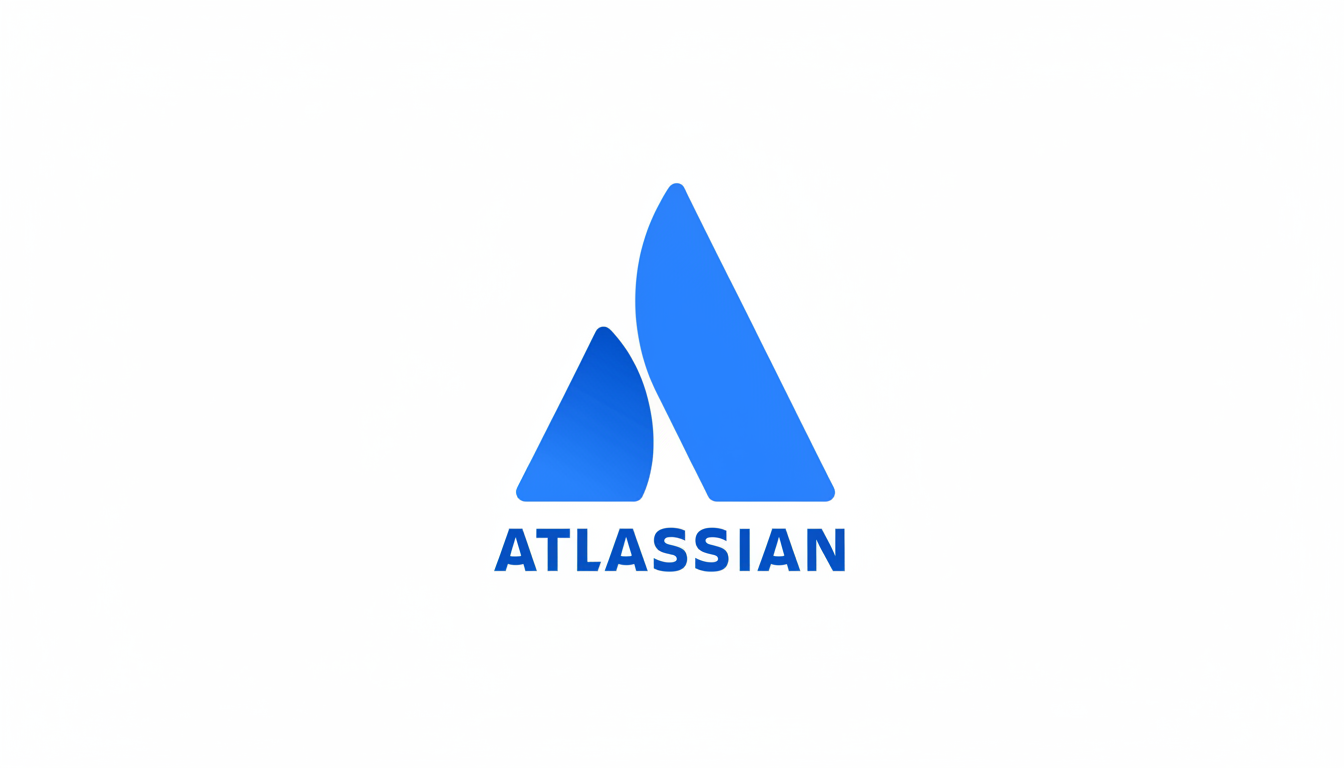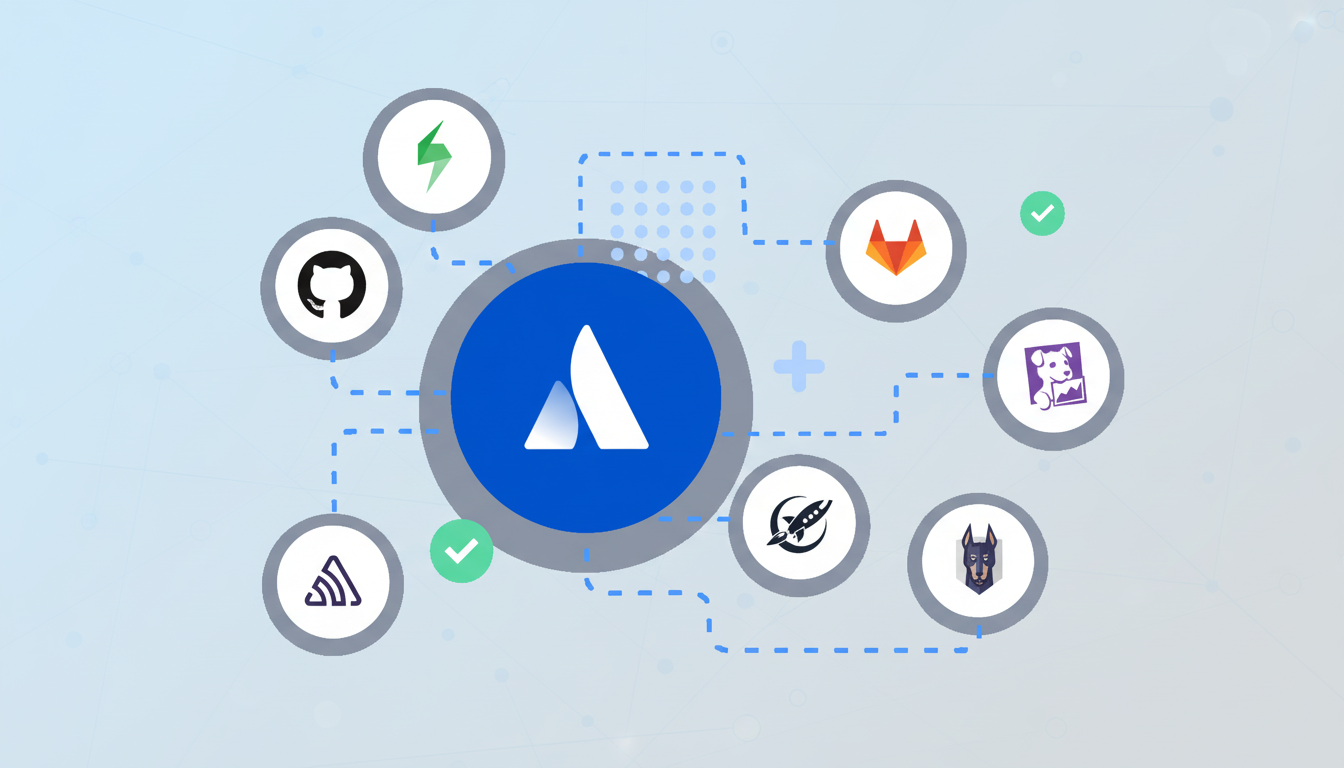The maker of the Arc and Dia browsers, The Browser Company, will be acquired by Atlassian for $610 million in cash as it seeks to transform the browser into a primary productivity surface for knowledge workers.
The company that bought Jira, Confluence, Trello and Bitbucket is betting you’ll soon be using your browser of choice to fire up your work applications, not a bunch of bookmarks or a desktop shortcut. Citing a need to pivot the browser around SaaS-heavy workflows and AI assistance — and not provisional internet browsing — executives painted the move as a chance to start again with the browser.

Why an Office-First Browser Suits Atlassian
The products of Atlassian make up the heart of project tracking, documentation, and developer collaboration. But much of that work lives in tabs spread across dozens of tools. Research from McKinsey has been telling us for ages that knowledge workers are spending a significant portion of their work time searching for information, while Okta’s Businesses at Work reports have emphasised how companies are now deploying dozens of SaaS apps for each employee. A browser purpose-built for context, identity and automation could cut down on some of that sprawl.
Anticipate deep integrations with Atlassian Intelligence, the vendor’s generative AI layer for summarizing content, answering questions and automating repetitive tasks. In a work-focused web browser, those powers can extend from a Jira ticket to a Confluence page to a Figma file without leaving behind context — an appealing pitch to teams drowning in new tabs.
The deal is also in line with a long-term request of buying interface-level products that change how teams talk to each other. Atlassian bought Trello for $425 million in 2017 to get lightweight collaboration and Loom for $975 million to get async video into workflow. A dedicated work browser would be a natural next layer in that stack.
What Changes for Arc and Dia
The Browser Company had previously shifted its roadmap away from Arc to a new browser, Dia, which was designed for reimagined tabs and navigation for daily work. Operating independently under Atlassian, the team intends to keep building Dia — but will be doing so under the umbrella of a much bigger platform which it can use to help hire more quickly, and distribute its products across more operating systems.
Arc gained a cult following around features such as spaces, media smart tabs, and an opinionated UI that reduced clutter. Dia takes the baton with more ambitious cross-platform targets and AI-native workflows. Where Atlassian’s go-to-market muscle could matter most is bringing those ideas to enterprise scale — with security, compliance and identity integration.
Deal Terms, Backers and Close
Atlassian is paying $610 million in cash and is expected to close in the second quarter of its fiscal year 2026, subject to standard approvals. The Browser Company previously raised $50 million at a $550 million valuation and has raised $128 million in total funding altogether from investors such as Pace Capital, Jeff Weiner, Ev Williams, Dylan Field, Akshay Kothari and Jason Warner, according to company disclosures.

Atlassian either side of closing gets hold of a proven team of browser and user-experience experts. This talent could speed up progress on identity, enterprise policy controls and AI copilots that span web apps — spots where browser engineering meets product strategy.
Competitive Context and Antitrust Background
Any shift in browsers will be subject to that scrutiny, since market power accumulates rapidly. Chrome has about two-thirds of the global desktop share, as indicated by StatCounter, with Safari and Edge well behind. A recent U.S. District Court ruling that refused to require a Chrome divestiture also helps to maintain the status quo.
Instead of vying for all-purpose share, Atlassian seems to be claiming a premium enterprise sliver of the market, the way that Sidekick, SigmaOS, Vivaldi’s Workspaces and other “work-first” browsers seek to. The differentiation is no longer rendering engines; it’s workflow models, identity, policy controls, and AI with a better understanding of business context.
For IT leaders, the question will be whether a managed, AI-aware browser can cut down on context-switching, improve data governance, and plug smoothly into SSO and DLP policies. And if it can make the browser feel like a secure workspace, not a wild west of open tabs, that’s a shot at credibility that Atlassian could parlay into enterprise-standardization dividends.
What to Watch Next
Look out for native integrations that turn links into living artifacts: look at Jira issues that preview and update inline or at Confluence pages that summarize themselves or at a Loom recording that auto-transcribes and tags across the browser. Getting the offering bundled in with Atlassian Cloud could nudge existing seat holders to give this software a shot.
Execution risks remain. We all know that winning daily active use requires performance at speed, cross-platform support that’s frictionless, and enterprise class privacy. Yet if Atlassian instead couples Dia’s design instincts with its AI roadmap and compliance stack, the browser could finally ascend from passive container to active teammate.

